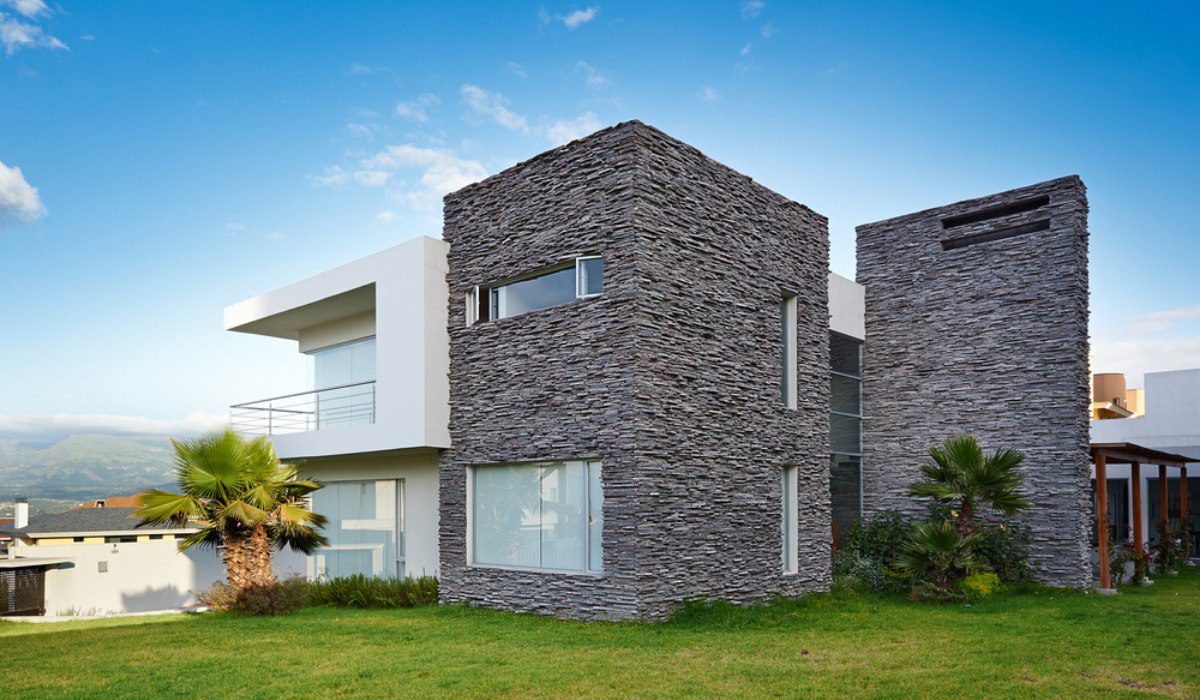When it comes to designing outdoor spaces, choosing the right materials is essential for creating a beautiful and functional environment. One of the most popular options for outdoor flooring is stone tiles, known for their durability, natural appeal, and versatility. Whether you’re upgrading a patio, garden, pool area, or walkway, selecting the right stone tiles can make a significant difference in the aesthetic and usability of your outdoor space.
In this blog, we’ll explore how to choose the best stone tiles for your outdoor areas, considering important factors like durability, style, climate, and maintenance.
1. Understand the Purpose of Your Outdoor Space
Before diving into the selection process for stone tiles, it’s important to consider how your outdoor space will be used. Are you designing a cozy patio for lounging, creating a walkway through a garden, or laying tiles around a pool? Different spaces have different requirements in terms of durability, slip resistance, and aesthetic appeal.
For example:
- Patio areas: You may want stone tiles that are comfortable underfoot, durable, and resistant to the elements.
- Pool areas: Slip resistance is crucial here, so look for stone tiles with a textured surface to prevent accidents.
- Walkways or driveways: These areas require stone tiles that can withstand heavy foot traffic and weight, as well as be slip-resistant.
By understanding the specific needs of your outdoor space, you’ll be better equipped to choose the best stone tiles that fit both your practical and aesthetic requirements.
2. Consider the Different Types of Stone Tiles
There are several types of stone tiles to choose from, each with its unique characteristics, colors, and textures. Some of the most common types include:
- Granite: Known for its durability and resistance to extreme weather, granite stone tiles are a great option for high-traffic areas. Granite has a sleek and sophisticated appearance, making it ideal for modern outdoor spaces.
- Slate: Slate is naturally slip-resistant, making it an excellent choice for pool decks, walkways, and patios. It comes in a variety of colors, from gray to green and even deep red, offering versatile design options.
- Sandstone: Sandstone tiles have a warm, earthy appeal, with colors ranging from beige to rusty red. However, sandstone is more porous than other types of stone, so it may require sealing to prevent moisture absorption.
- Travertine: Travertine tiles have a timeless, classic look with their soft, neutral tones. They are naturally slip-resistant and durable, making them a popular choice for outdoor areas like patios and pool surroundings.
- Limestone: Limestone offers a soft, elegant look, but it’s more porous than other stones, so it may require more maintenance. It’s best used in areas that don’t experience heavy traffic or extreme weather.
Each type of stone has unique properties, so you’ll need to assess which type of stone tiles suits your needs based on appearance, durability, and usage.
3. Evaluate the Climate and Weather Conditions
Another crucial factor in choosing the right stone tiles for your outdoor space is the climate. If you live in an area with hot summers and cold winters, it’s important to choose stone tiles that can withstand temperature fluctuations, freeze-thaw cycles, and high levels of sunlight.
For example, granite and travertine are excellent choices for areas that experience extreme temperatures because they resist cracking and fading. Slate is also a good choice for wet climates, as its natural slip resistance makes it safe to walk on when it rains.
However, in regions with frequent freezing, avoid highly porous stones like limestone or sandstone, as they may absorb water, which can freeze and expand, causing the stone to crack. In such climates, it’s wise to choose stone tiles with low porosity that are known for their resilience in harsh weather.
4. Prioritize Durability and Maintenance Needs
Outdoor spaces are exposed to a variety of environmental factors, from heavy rain and sunlight to foot traffic and wear from outdoor furniture. This makes durability one of the most important aspects when selecting stone tiles for outdoor use. Tiles that are strong, weather-resistant, and capable of withstanding wear and tear are ideal.
Granite, travertine, and slate are some of the most durable options that require minimal maintenance. While natural stones are generally long-lasting, some types, such as limestone and sandstone, may require regular sealing to protect them from moisture and stains.
Consider how much time and effort you are willing to invest in maintaining your stone tiles. For a low-maintenance option, go with less porous stones that require less frequent sealing and cleaning. Sealing your tiles also enhances their longevity and keeps them looking new over time.
5. Choose the Right Finish for Safety and Style
The finish of your stone tiles not only affects the appearance but also plays a role in their safety and functionality. Outdoor spaces require finishes that are slip-resistant and durable, especially in areas like pool decks and walkways. Some common finishes for outdoor stone tiles include:
- Honed finish: A smooth but matte finish that provides some slip resistance, making it a good choice for patios and seating areas.
- Textured finish: Ideal for pool areas or wet spaces, this finish adds grip and minimizes the risk of slipping.
- Tumbled finish: Tumbled tiles have a worn, weathered appearance and offer natural slip resistance, making them a great choice for rustic outdoor designs.
The finish you choose will depend on the specific area where the stone tiles will be installed. It’s important to strike a balance between aesthetics and functionality, ensuring that your tiles look great while also being safe for everyday use.
6. Harmonize with Your Landscape and Home Design
Lastly, while functionality and durability are essential, you also want your stone tiles to complement the overall design of your outdoor space and home. Consider the existing color scheme, architectural style, and surrounding landscape when choosing your stone tiles.
For modern homes, granite or slate in sleek, neutral tones may provide a minimalist look. For rustic or traditional designs, sandstone or travertine may be better suited due to their earthy hues and natural textures. Choosing stone tiles that harmonize with the style of your home and garden will create a cohesive and visually appealing outdoor space.
Conclusion
Choosing the right stone tiles for your outdoor spaces involves more than just picking a color or style. It requires careful consideration of factors such as durability, climate, maintenance, and the specific use of the space. By understanding the different types of stone tiles and evaluating your outdoor needs, you can create a beautiful, functional, and long-lasting outdoor environment.
Stone tiles offer endless possibilities for enhancing outdoor spaces, making them both practical and visually stunning. With the right choice, your outdoor area will not only serve as an extension of your home but also provide a space that you can enjoy for years to come.





